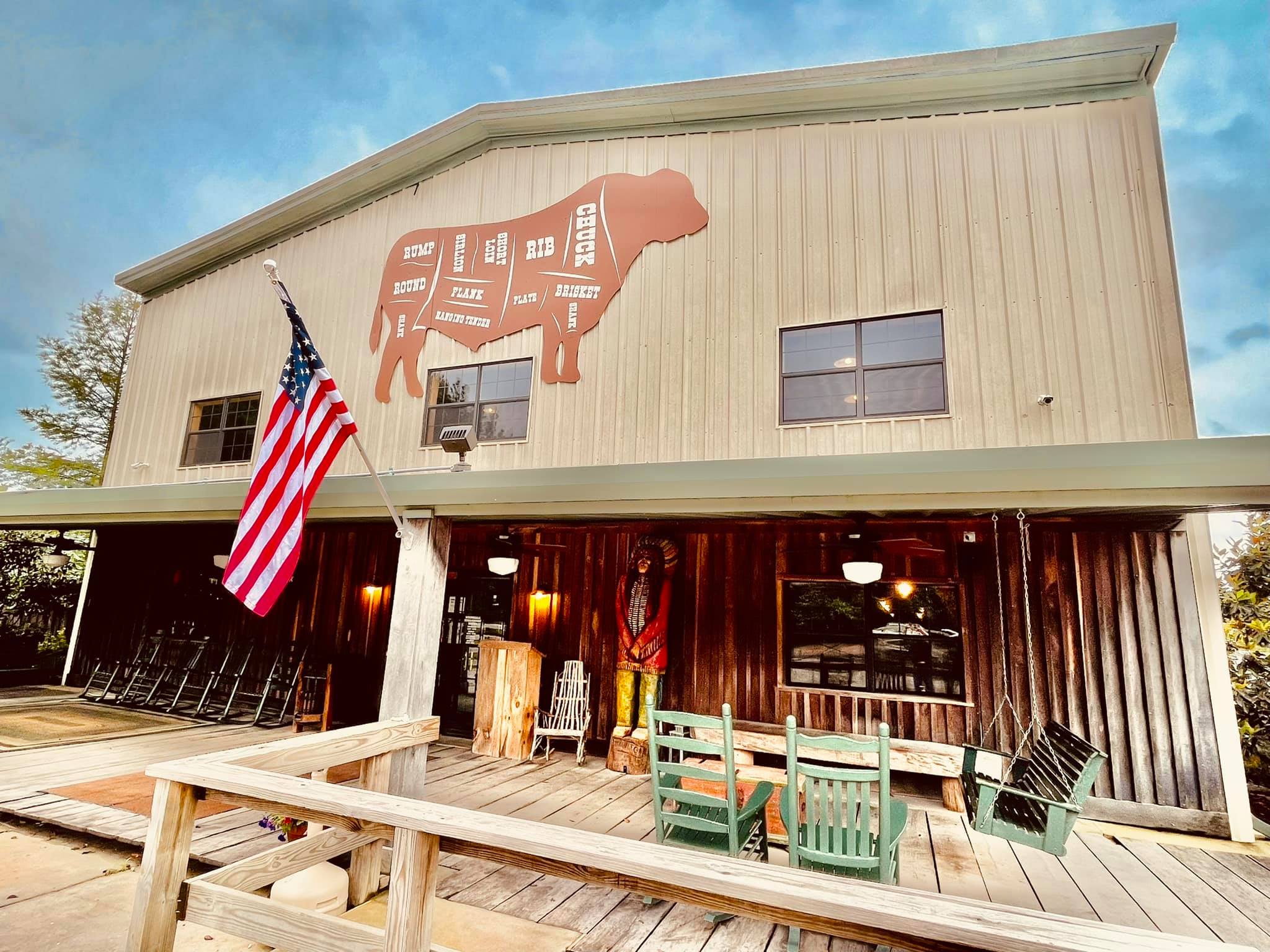Time for pharmaceutical companies to step up in ongoing drug problem
Published 11:15 am Monday, January 2, 2017
I have a high tolerance for pain. As a child, I suffered from headaches frequently. I bore three children naturally before epidurals were a common thing. For years, I dealt with excruciating tooth pain. Now, I have neuropathy in my feet, which leaves me with a fair amount of pain daily.
So when I ask my doctor for pain medicine, I’m really hurting.
I looked over my prescription history for the past year and saw I was prescribed pain medication twice in 2015, once for a broken toe and once for a painful staph infection.
Both times I was given 12 pills, enough for about three days and in both cases, it was enough to get me through the initial few days to where I could switch to Advil (whoever invented Advil is my best friend ever.)
There’s been a lot of talk recently about opiates and the nation’s rising addiction problem. Personally, I don’t get it. Most pain medications make me sick to my stomach and the side affects are only worth it because the reason I got them for hurt me more. But I’ve also never dealt with drug or alcohol addiction, to which I am very grateful to the powers who be. I’ve seen it. I’ve lived with it, and I’d take 10 broken toes over having to deal with that.
Alcohol and illegal drugs aren’t ever necessary; however, there are times in most people’s lives when taking narcotic pain medications are needed.
My grandmother suffered from osteoporosis very badly. I remember her having bottles and bottles of pain medications all over the house. Lucky for her, she took what she needed and didn’t abuse them but not everyone is the same, and obviously, there is a prescription drug addiction problem that’s made its way into every neighborhood, from the very rich to the very poor.
There’s been some good steps to limit the number of pain medications. Starting Tuesday, the emergency room at Baptist Memorial Hospital-Golden Triangle in Columbus will limit pain medication doctors and nurses give to patients with chronic pain complaints – those who come into the ER on a regular basis seeking pain medication. However, the hospital said those coming in new, or acute injuries, will still be given whatever pain medication the doctor deems necessary.
One report released recently, suggested doctors give out too many pills and that the leftover pills sit in cabinets where youths can get a hold of them or be given to other family members or friends, without the original prescription owner knowing that person’s medical or drug addiction history.
So here’s an idea. What might motivate people to get rid of unused pain medications? Cash.
Pharmaceutical companies could dump some of their millions into a Buy Back Fund. Those who receive narcotic pain medications and have some left over, could return the pills to the pharmacy where it was filled and get 50 cents or $1 credit per pill. It would be simple to ward off people who steal others’ prescription medicine just to get $5-$10 by only allowing someone to return their own pills, showing proof of identification. The pharmacy would get reimbursed by the drug company who made the drugs.
Some pharmaceutical companies help cover costs for other types of medications for diseases like diabetes, for those who can’t afford their medications (but there’s often a ton of red tape and paperwork that needs to be filed before that happens, and they don’t exactly advertise those programs to aggressively).
The prescription drug companies get rich off our ailments and in return, should be doing more to help this country fight a growing problem.





